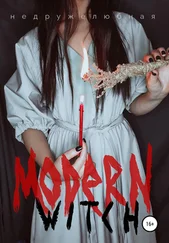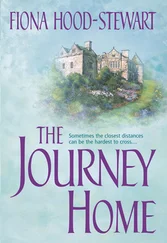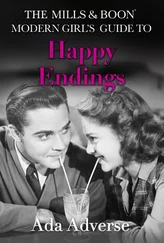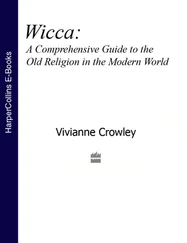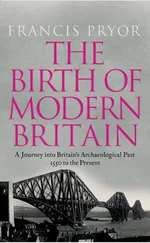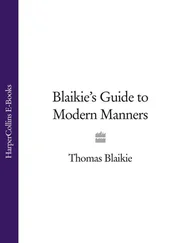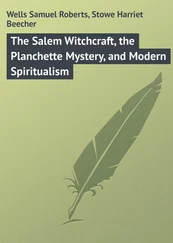About This Book
This book is pretty much my vision, the way I do things. It’s different from a lot of other Witches’ traditions, but similar in that all Witches tailor their own form of the Craft. Witchcraft is reliant on the individual to give it meaning and power. Witches are not sheep or lemmings who like playing follow the leader. We lead ourselves in the knowledge that the Universe is big and beautiful enough for everyone. We don’t demand converts but we are interested in letting people know we are not screwed-up Satan worshippers. Most Witches find the idea of a God who’d create a demigod of evil with whom to play cosmic war-games a little mystifying.
In this book I’ve included some essential Witchcraft information, i.e. altar implements, Circle casting and Sabbat details. There are also lots of spells to try, but as I emphasize throughout the book, the most powerful and effective spells will be the ones you create yourself, specifically tuned to your requirements and charged with your creative passion.
Right now I’m going to mention a few things worthy of getting a good grip on.
All the Magick You’ll Ever Need is Already Inside You
Where Witchcraft comes in is to help you tap into and unleash that power, and harness the forces of nature to help you create change at will.
For a Spell to Work, it Has to be Fuelled with Your Magickal Intent
It’s not enough to buy a ready-made boxed spell, or to follow a spell suggested in this book to the letter and then ‘do it’ passively and politely. You’re not in church being told what to say and when to stand, sit and kneel! You’re doing Witchcraft! Making Magick! Get excited about it! Get passionate, dirty and downright messy! Well, not necessarily to those extremes, but what I mean is: get involved. A spell is only fuelled by your intent, otherwise it just sits there like a blob glued to this world not going anywhere, not doing anything. Don’t be afraid of making mistakes or doing things ‘a bit wrong’. In Quotable Women the divine Italian actress/Goddess, Sophia Loren, has been quoted as saying, ‘Mistakes are part of the dues one pays for a full life.’ In living a full, empowered life mistakes are inevitable and fantastic learning tools. So don’t be afraid to experiment, just keep in mind:
The Laws of Witchcraft
1. Do what you will as long as it harms none;
2. Do what you will as long as you don’t interfere with anyone else’s free will;
3. That which you send out returns to you threefold.
As long as you are clear on the above, you are on your way to becoming a formidable Witchy presence on the planet – and beyond!
Which Witch Is Which?
THE HERSTORY OF WITCHCRAFT
There are many versions of the herstory of Witchcraft. Some idealists believe it can be traced through an unbroken lineage – handed down from mother to daughter, grandmother to granddaughter, generation after generation, existing in various levels of exposure and secrecy since the dawn of humankind. Witches who believe this consider Wicca to be the original religion of humankind, rooted in an ancient utopian time when women held the deciding vote, and the ability to give life was worshipped more than the ability to kill, as is honoured now in this time of patriarchal dominance.
Before the role men played in procreation was understood, Woman was revered as Goddess because of her ability to give and nurture life.
For prehistoric humans, a woman’s stomach mysteriously swelling, then nine moon cycles later, a baby emerging from between her legs was one of the most awe-inspiring spectacles they could witness. That she could also produce food – the life sustaining milk that squirted from her breasts – made her representative of the nurturing and providing elements of Nature. The oldest work of art discovered from prehistoric times, the Venus of Willendorf, is a small clay statue of a fertile woman with a rotund stomach and huge pendulous breasts. It is a representation of the Fertility Goddess worshipped in those times, and has evolved into the multi-faceted Goddess all Witches love and worship today.
In ancient times the ability to hunt for food, rather than kill for sport as in the present-day, was also worshipped. Cave paintings from pre-historic times show that (most likely male) humans would throw on animal skins and antlered masks and in a kind of ‘sympathetic’ magickal ritual, play out a successful hunt for food, hoping to ensure a successful real hunt outside the cave on the plains the next day. The humans enacting these rituals were ‘shamans’ who were considered to have magickal relationships with the animals, able to communicate with and woo their spirits, so that they would be prepared to give their lives in order that the human tribe could continue. From this the concept of a God of Hunting developed which went on to evolve to the present day Witches’ God of Nature and Animals, the Horned God.

Most Wiccans now relate to the concept of Witchcraft existing as an unbroken mythic tradition. The Craft today is really built on the sense of our culture having lost, buried or corrupted the old traditions and Witches are attempting to rediscover them and make them relevant to this brave new world.Some do this through historical research and re-enactment, but most work more on tapping into the intuition and the collective unconscious to recreate a Witchcraft in which the voices of the lost past are reawoken in fresh, new chants, rites and spells.
As the mythic and objective herstory of the Craft has been discussed at great length in many books, rather than attempt to restate it at length here, I’ll recommend some of the better works on the subject. For more detailed publishing information see ‘ The Library’ chapter at the back.
Starhawk’s Spiral Dance has an excellent first chapter ‘Witchcraft as Goddess Religion’. Laurie Cabot and Tom Cowan’s Power of the Witch has an inspiring chapter called ‘The Old Religion’. Margaret A. Murray’s The Witchcraft in Western Europe is considered a classic on the herstory of ancient Witchcraft, but some dispute its accuracy. Murray was an English Egyptologist who claimed Witchcraft originated in Palaeolithic times 25,000 years ago long before Christianity. After persecution by the Church in the Middle Ages, Murray claims it continued as a secret tradition until its re-emergence around the time she was writing in the 1920s. Scholars and historians have refuted her work saying that she largely contrived the whole thing, but it still makes for thought-provoking reading.
Anthony Kemp’s Witchcraft and Paganism Today has an easy to read and comprehensive examination of the historical background of Witchcraft and Paganism, starting in primitive times and then moving on to cover the Egyptians and then the Celts – specifically the Druids whose teachings and lore have greatly influenced contemporary Wicca. He then discusses the Middle Ages, specifically the persecution of Witches during the Inquisition, and continues to move through herstory until the present day.
I also recommend Diane Purkiss’s The Witch in History . It is interesting in that she has thoroughly researched the presence of Witch figures throughout modern history yet ultimately construes that the Witch is only a fantasy figure. If you want to know everything that Witchcraft never was nor will be, track down a copy of Montague Summers’ The History of Witchcraft. Written in 1925 by a Catholic priest, it celebrates the atrocities committed during the seventeenth and eighteenth centuries by the Church in its attempts to wipe out ‘witchcraft’ and heresy – otherwise known as ‘The Burning Times’ – where many people in Europe were burned at the stake or hung after being forced to admit they were Witches and in league with the Devil. It is alternately horrifying and laughable.
Читать дальше


